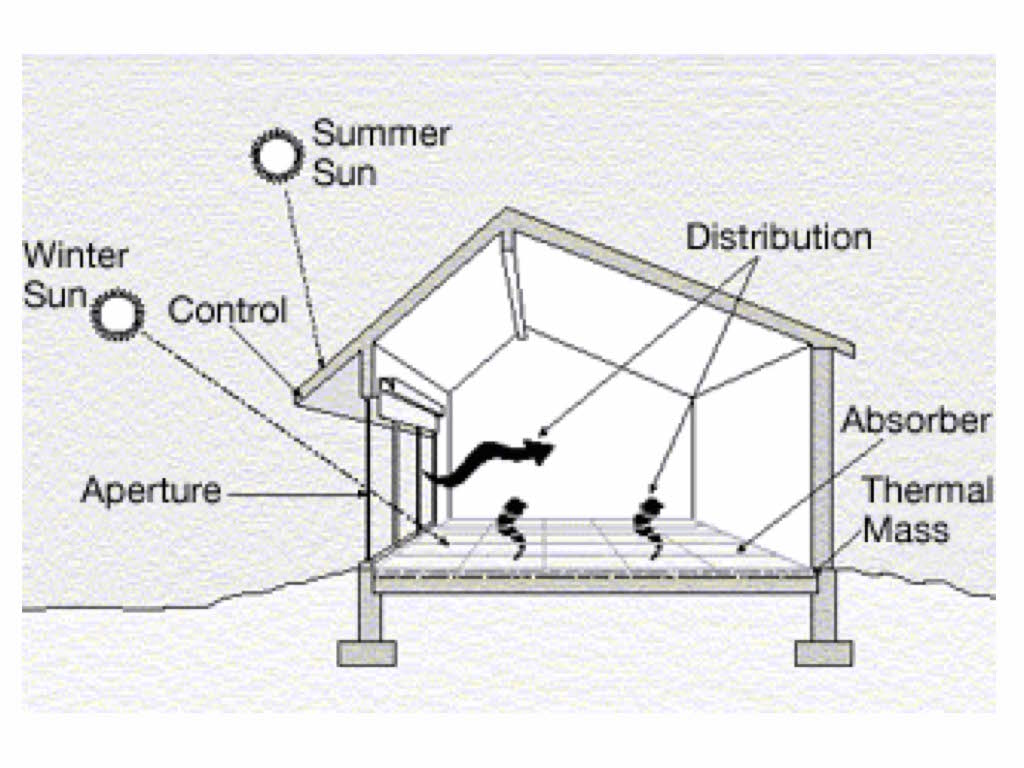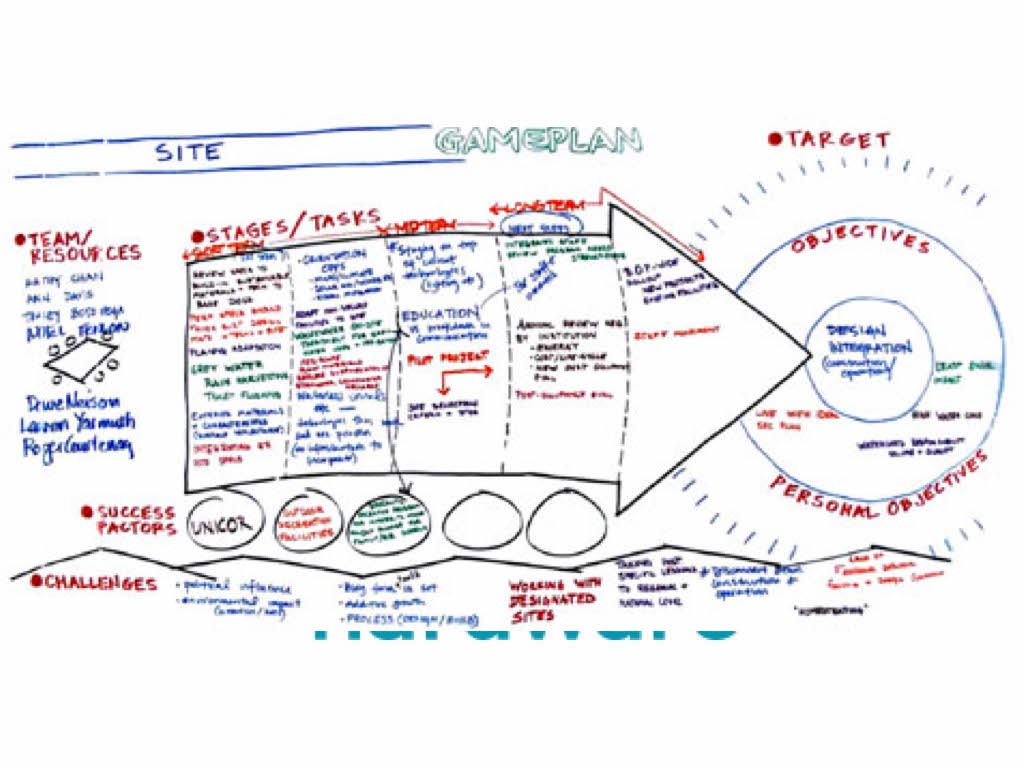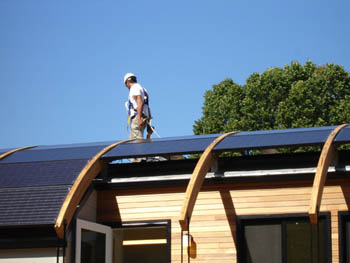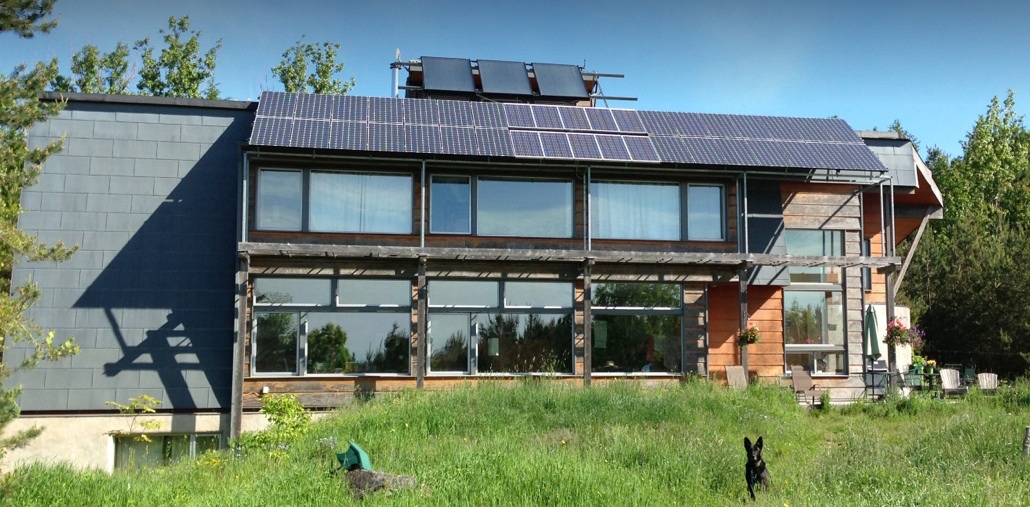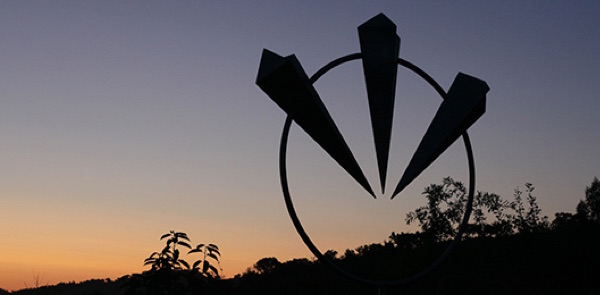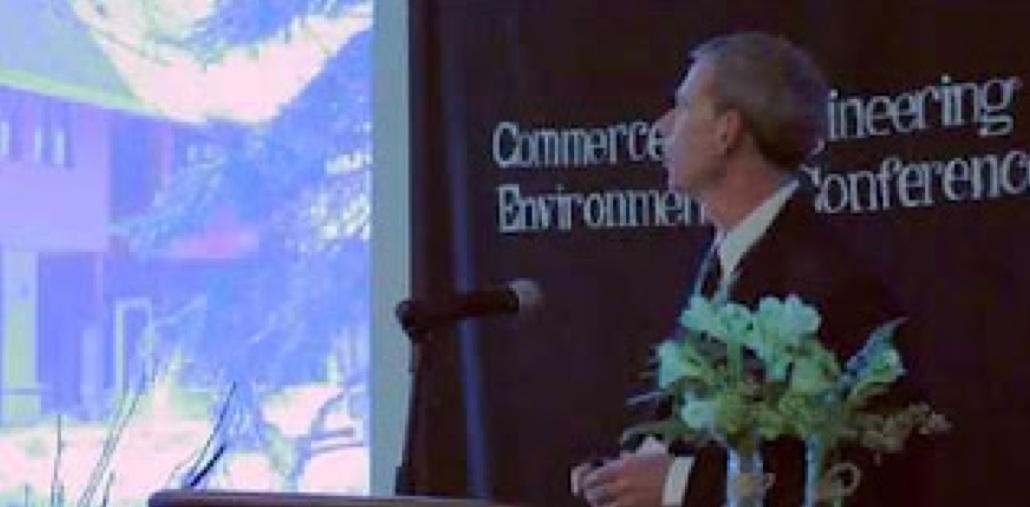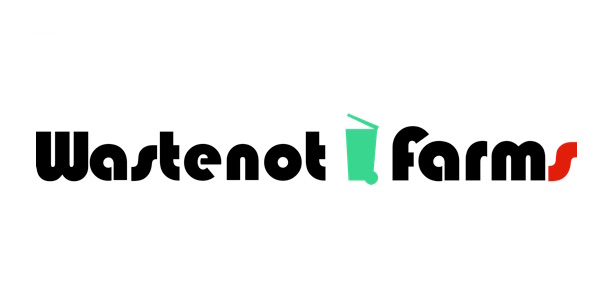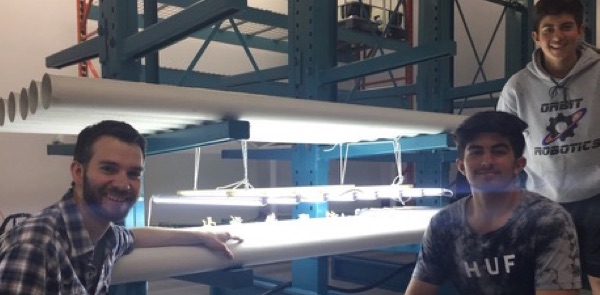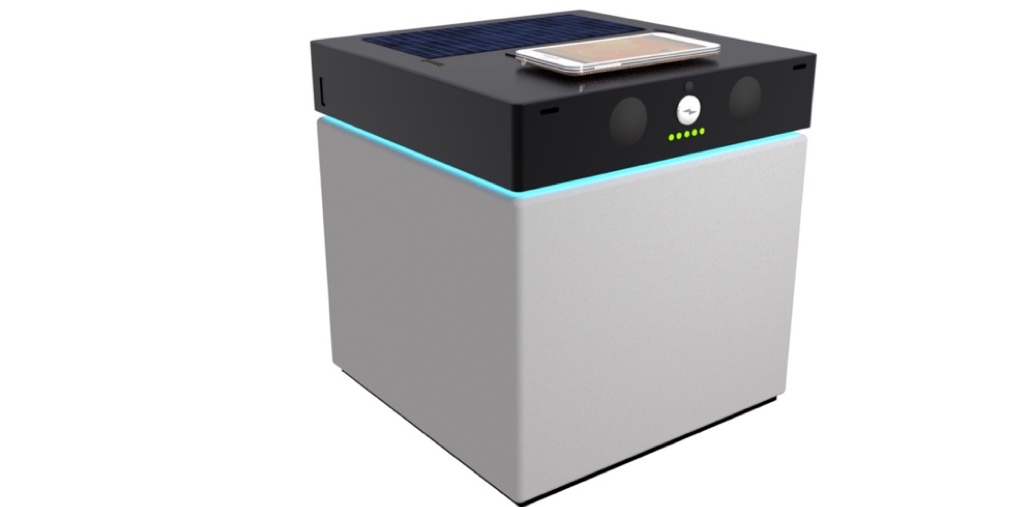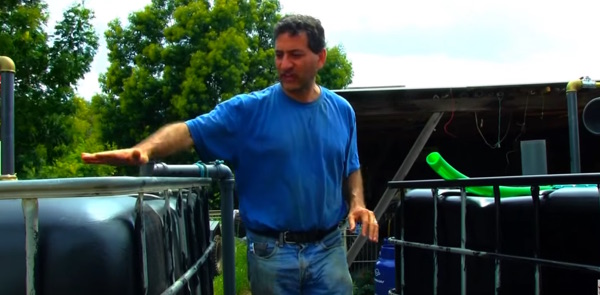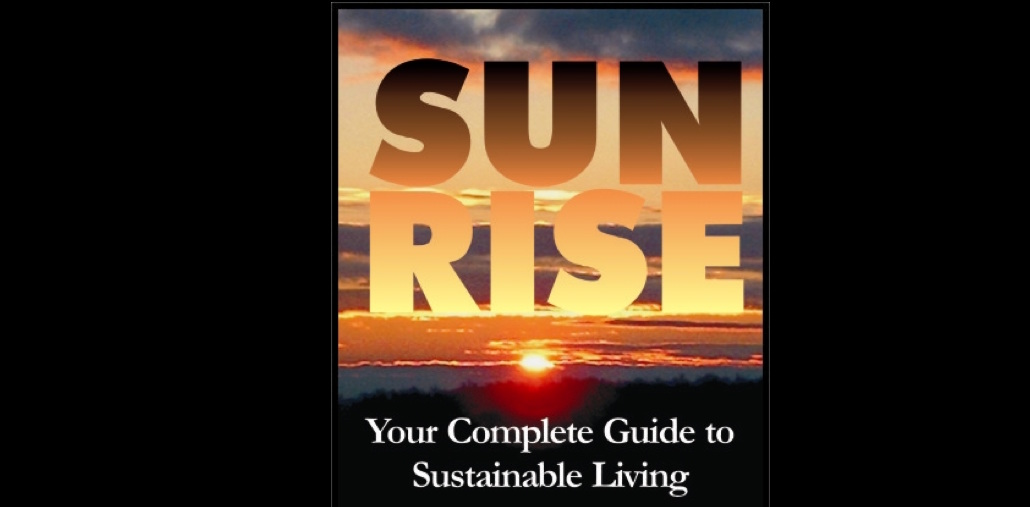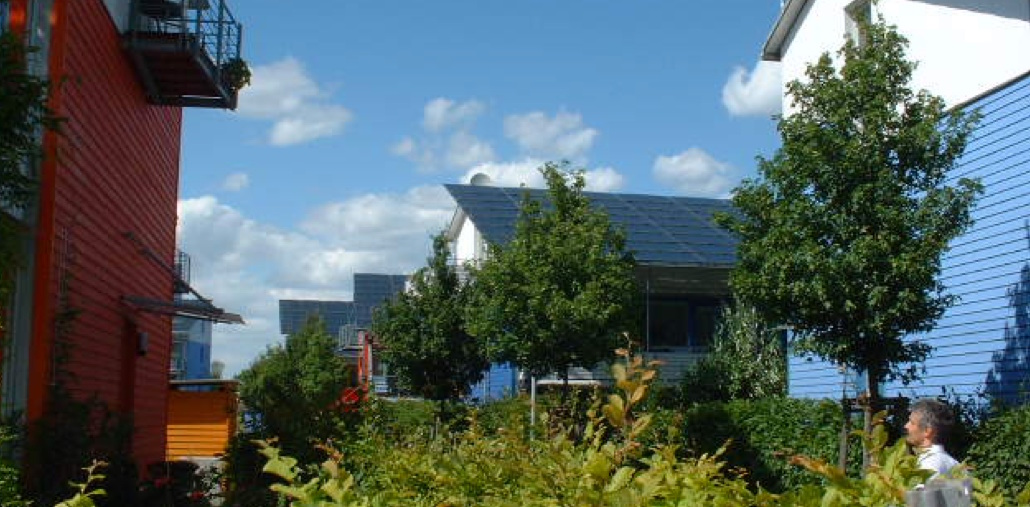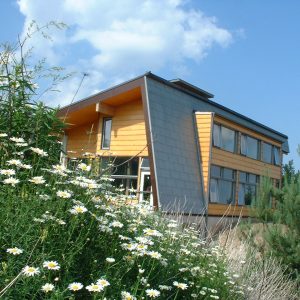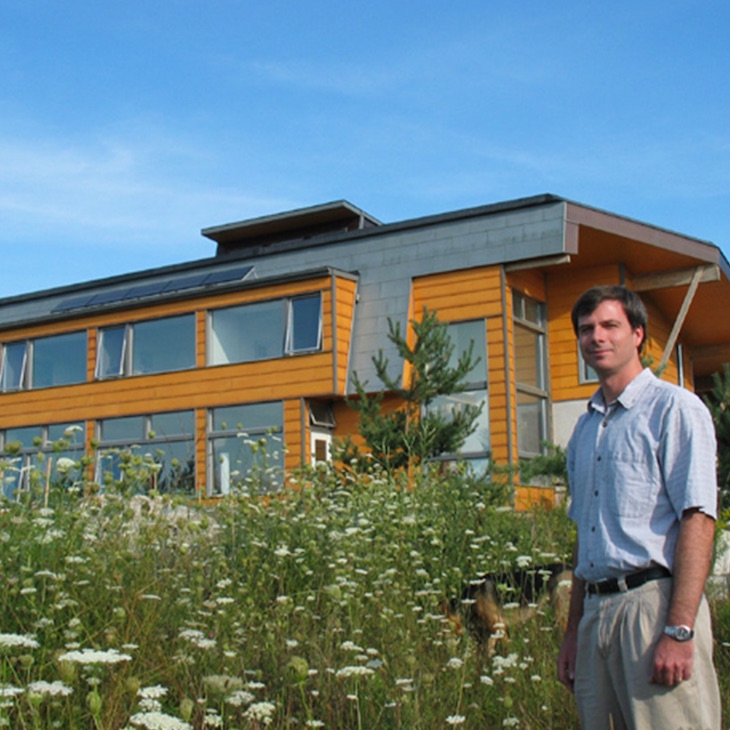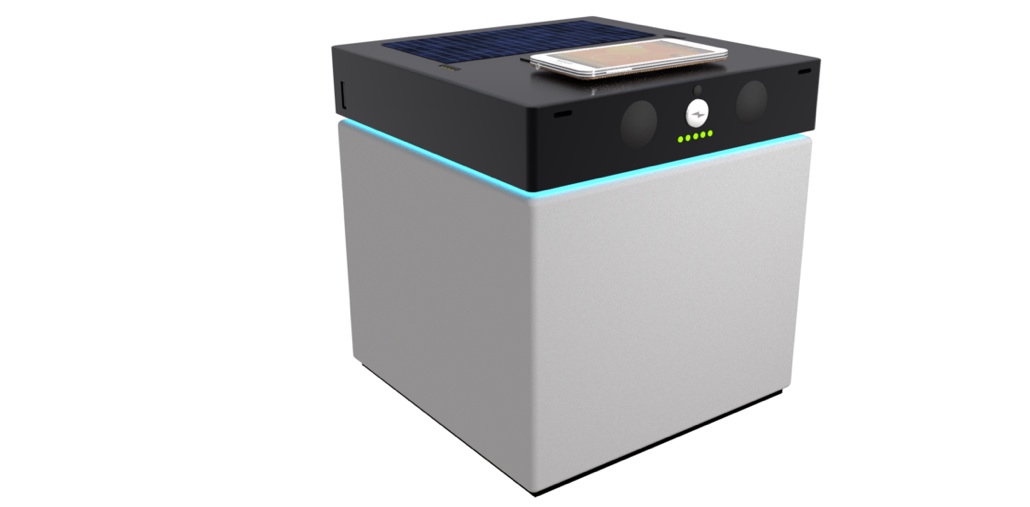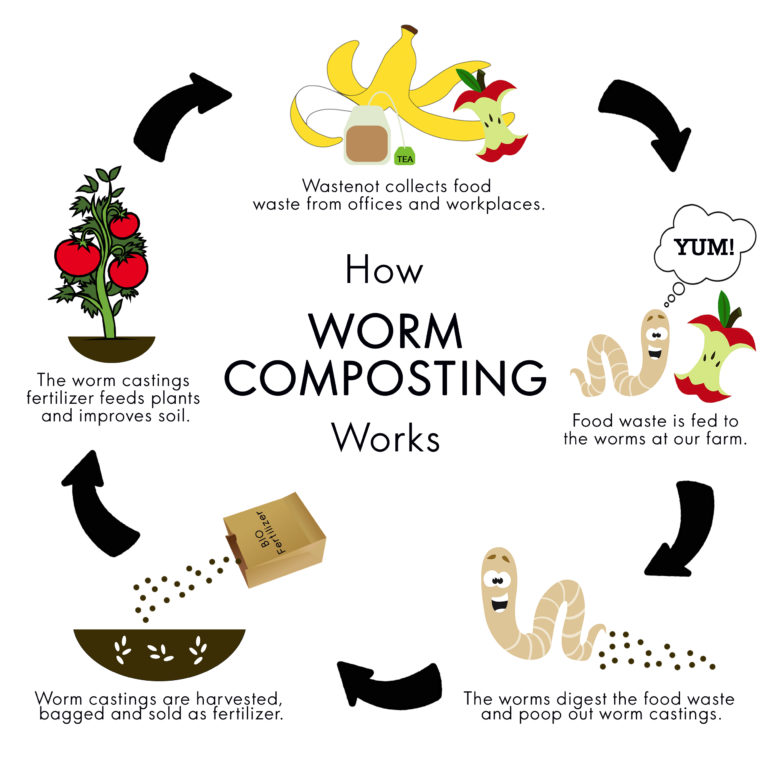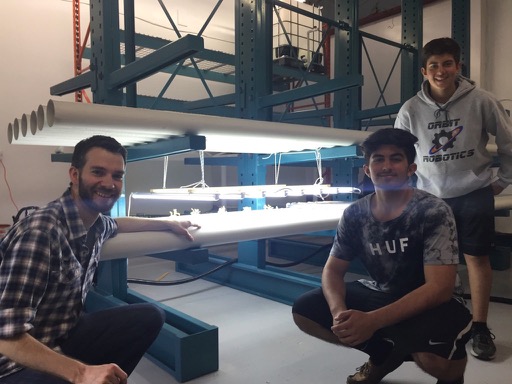Why do we need
Solar Village?
Young people need housing, healthy food and a community they can afford that is sustainable

Young people, low income, and middle income families are facing a massive housing crisis that requires a sustainable solutions. We need to create communities that make housing, food and energy affordable for all. "Many Western countries, Canada, the U.S. and Britain among them, are currently facing a housing crisis when it comes to middle- to low-income residents. A combination of soaring real estate values, high rents, stagnant wages and a premium on urban space have conspired in recent years to make it difficult for regular working people to acquire stable, affordable family housing." according to a recent Mcleans Magazine article. Healthy food, local jobs, and long term economic security require a new type of community.
Affordability
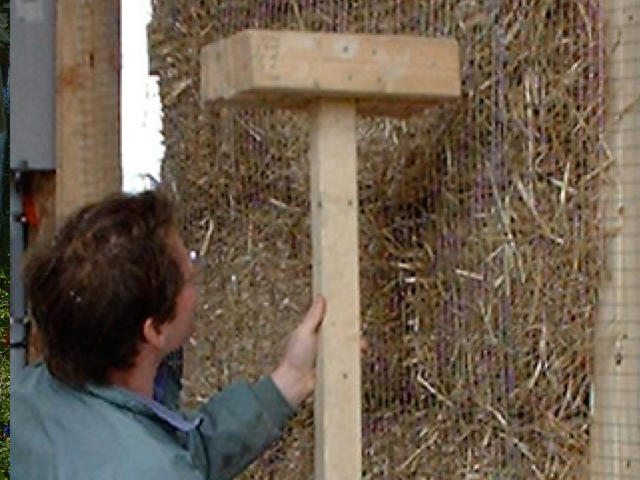
Many factors need to be addressed in order to make housing, food, transportation and communities affordable. Four critical factors that Solar Village aims to address include size, cost to build, location, and on-going operating costs. Innovation will include re-using waste material, open sourcing the design/build process in order to rapidly optimize it particular to a wide variety of circumstances, and developing a research institute to further these aims.
Sustainability
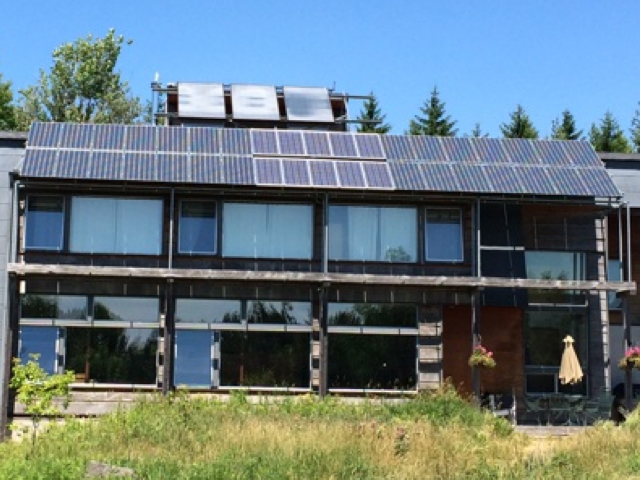
Affordable housing and food in a world collapsing from climate change impacts also must be addressed. Young people are the ones that will be affected by these changes and they expect their housing and healthy food to address the critical factors causing climate change. These impacts include the need to address building materials, energy consumption during the build and on-going, water conservation, resource management, food production and integration with clean transportation options.
Community

Critical to the vision of Solar Village is the need to address the social, cultural, political, organizational, health and psychological requirements of community members. In an increasingly complex world, with ever greater challenges to community, and human health, we must look deeply at the patterns of social dislocation and economic inequality that is the root cause of the challenge people in community face.
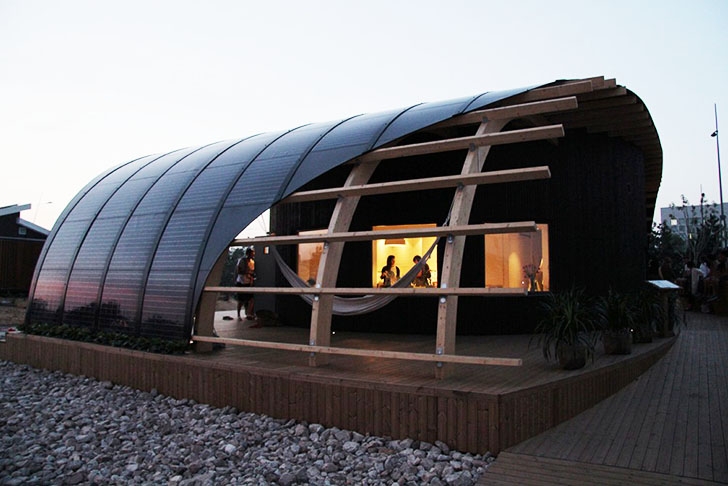
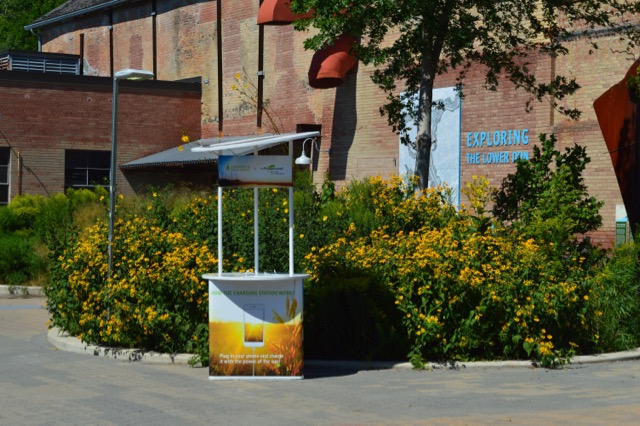
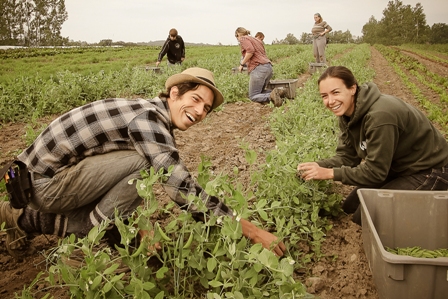 Image Source:
Image Source: 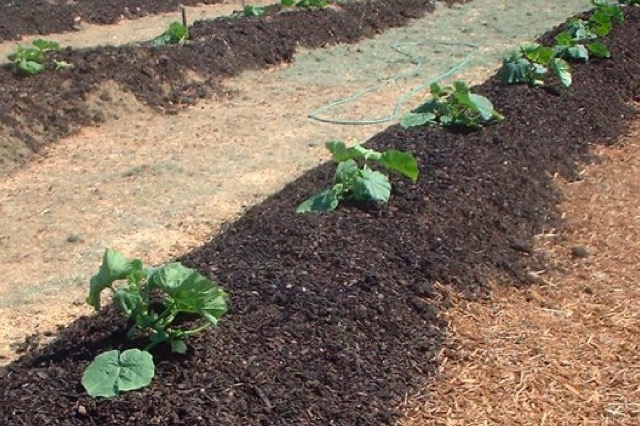
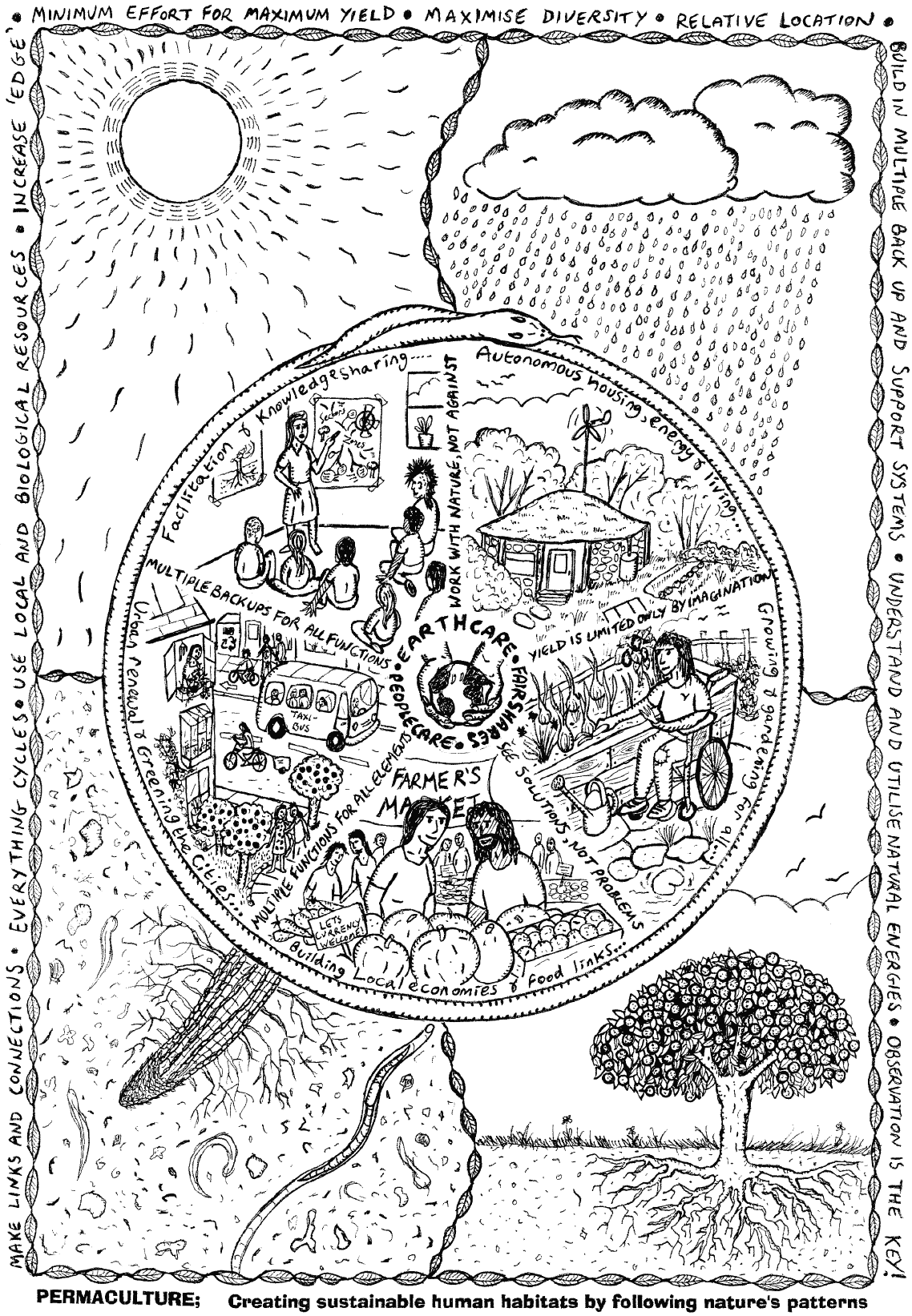
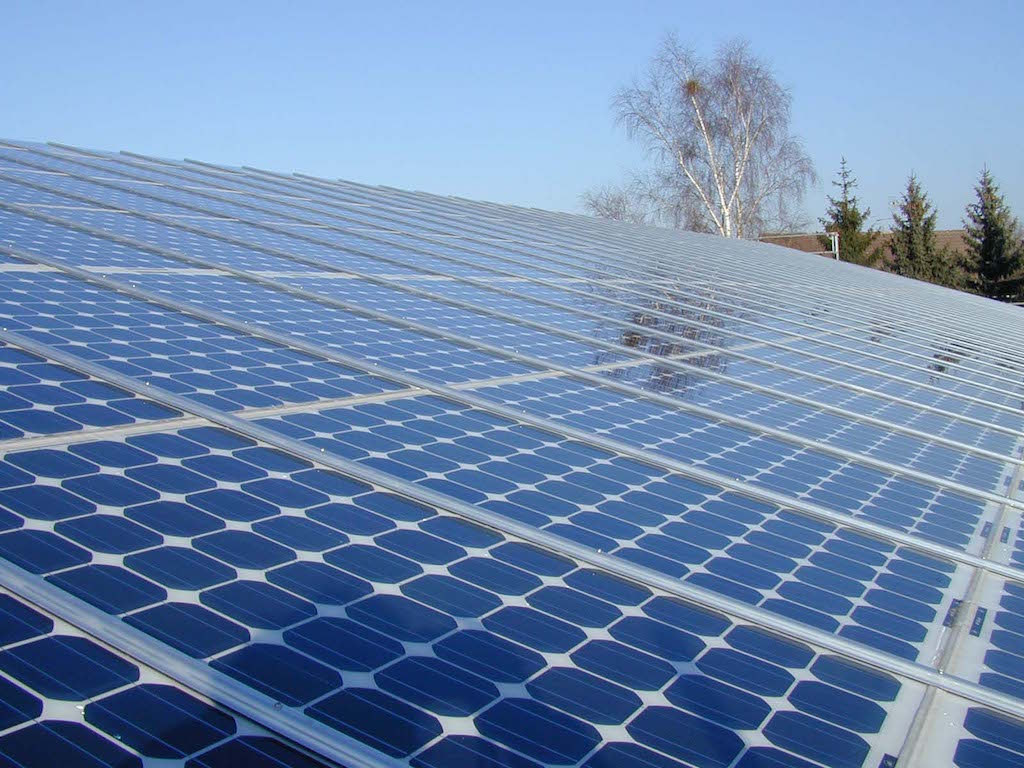
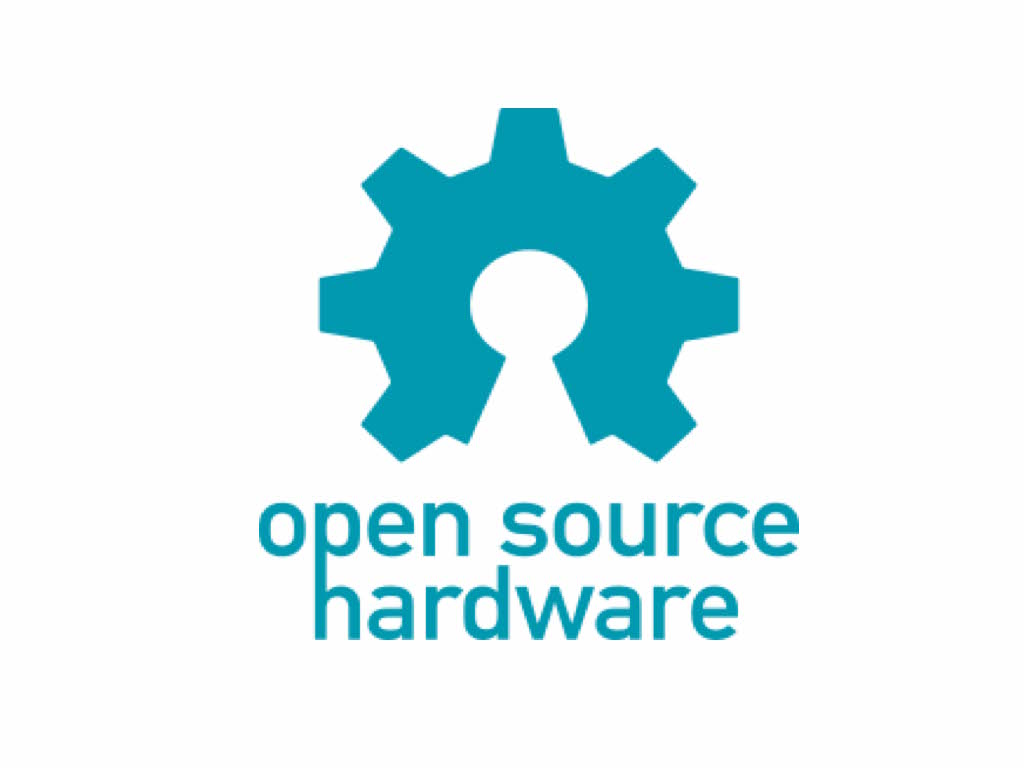

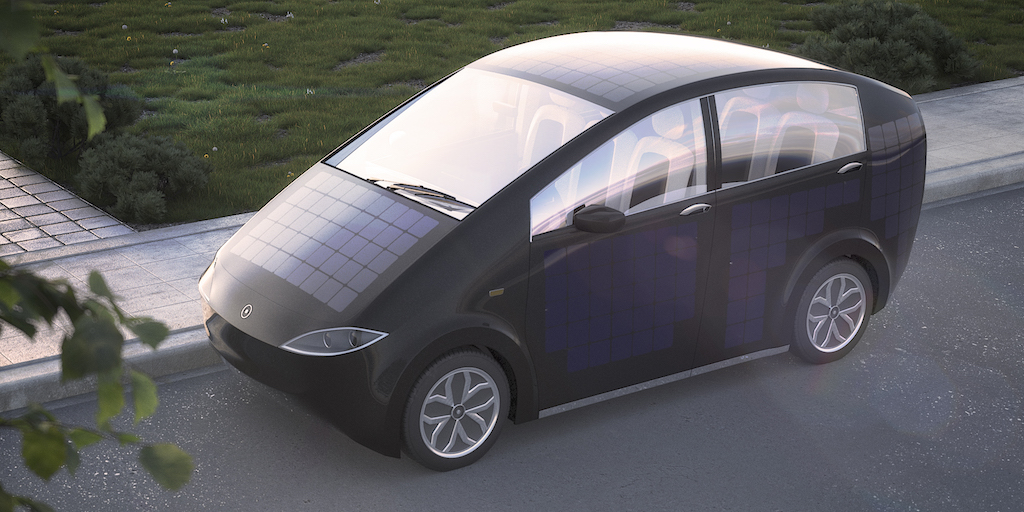
.jpg) <
<